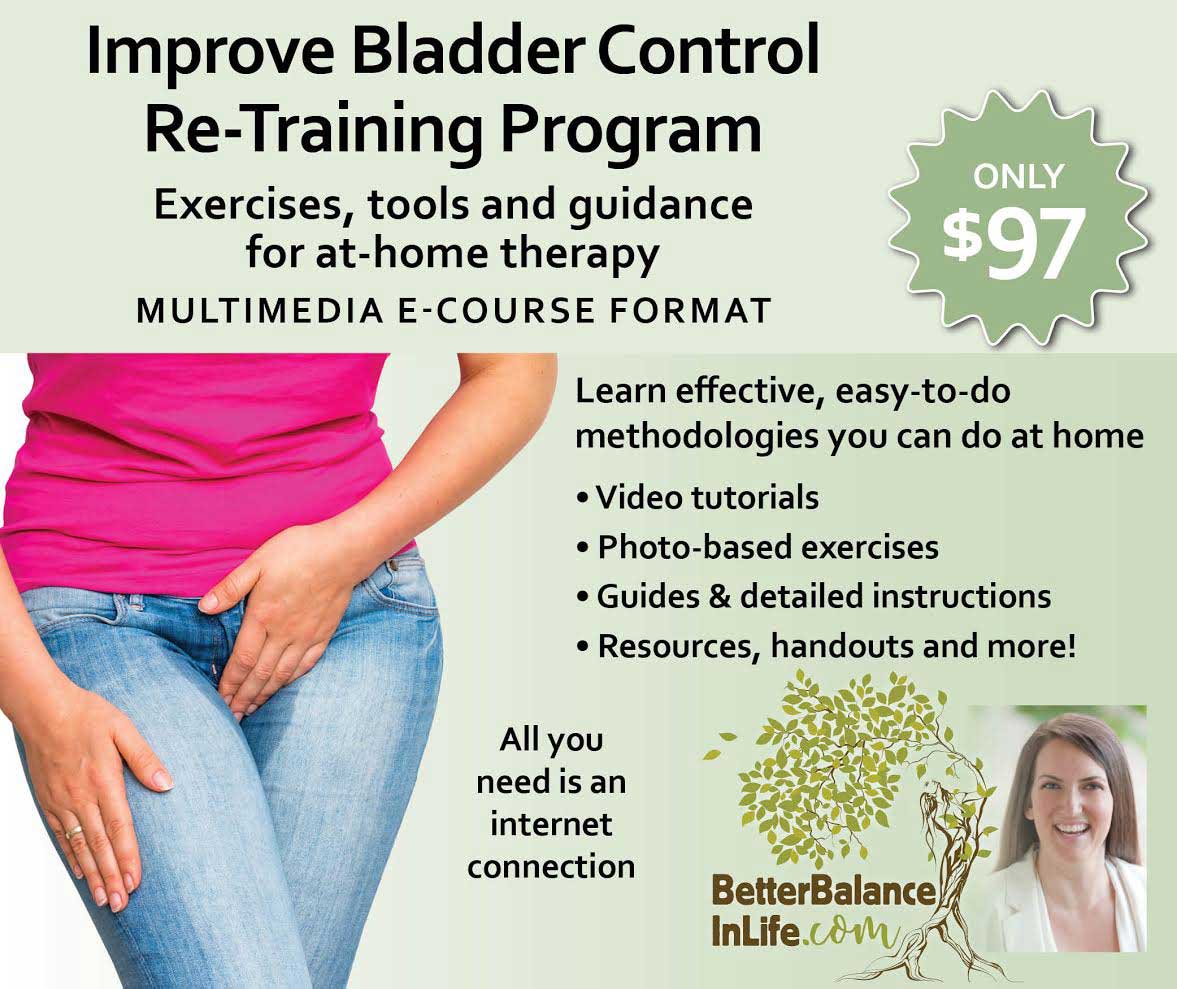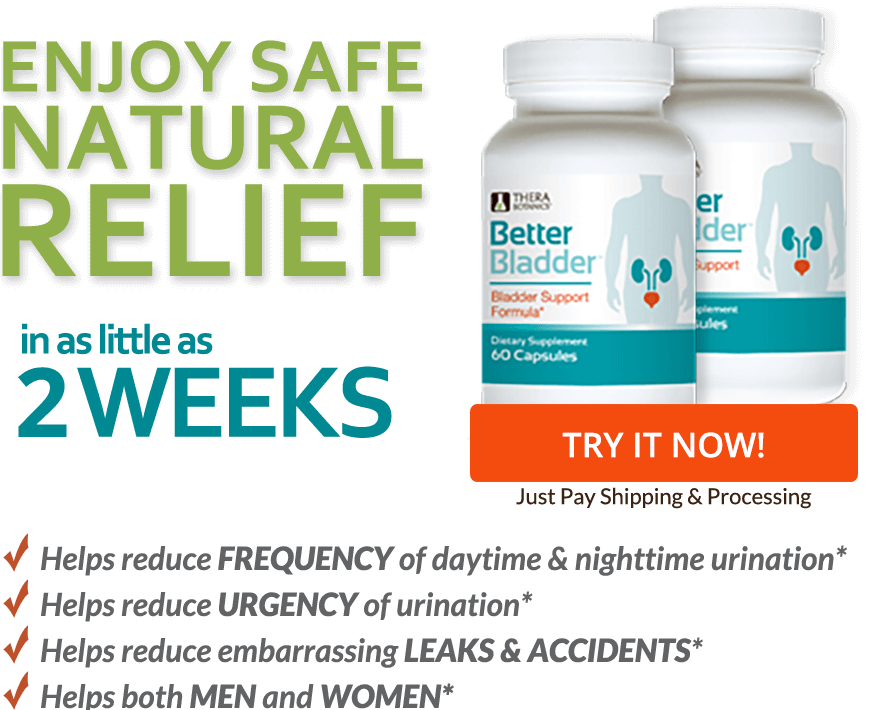Types Of Urinary Incontinence
There are different types of urinary incontinence, each with different causes and treatments:
Stress incontinence: Someone leaks small amounts of urine when they cough, sneeze, laugh or play sport. This happens because increased pressure inside the tummy presses down on the bladder.
Its more common in women around the time of childbirth or after menopause. It can also happen in people who have diabetes, a chronic cough , constipation or obesity.
Urge incontinence: The person suddenly and urgently needs to wee. This condition is sometimes called an unstable or overactive bladder. People with urge incontinence feel like their bladder is fuller than it actually is. They may need to wee very often, including during the night.
Urge incontinence often gets worse with age, and can be triggered by stress or by drinking caffeine in tea, coffee and fizzy drinks or alcohol. Its also linked to stroke, Parkinson’s disease, multiple sclerosis and other health conditions that interfere in the messages sent between the bladder and the brain.
Incontinence associated with chronic retention: The bladder doesnt empty properly so it leaks small amounts of urine. This can happen due to a blockage in the urethra , an enlarged prostate, a prolapse, or damage to the nerves around the bladder or pelvic floor muscles.
The condition can be caused by some medicines and is also linked to diabetes, multiple sclerosis, stroke and Parkinson’s disease.
Absorbency Products Can Help
No matter how fast you can run, sometimes that bathroom is just a little bit too far in the distance. Dont let yourself get caught in an embarrassing situation There is a wide range of products available that are discreet and comfortable.
Incontinence products excel in their absorbency and wont leak or become lumpy when they get wet. They help control odor and minimize contact between urine and your skin, preventing the development of a rash or other irritation.
Many incontinence products are available, from discrete pads with little bulk that can be slipped into underwear, to disposable adult-sized underwear with in-built absorbency and easy-tear sides. Gender-specific products account for the different requirements of men and women, and there are many reusable and washable options available.
Common brands include Attends, Because, Tena, Tranquility, Depend, Prevail and Poise.
What Else Causes Bladder Control Problems In Women
Certain life events and health problems can lead to stress incontinence in women by weakening the pelvic floor muscles
- pregnancy and childbirth
Weak pelvic floor muscles can make it hard for your bladder to hold urine in during stress incontinence. Stress incontinence occurs when an actioncoughing, sneezing, laughing, or physical activityputs pressure on your bladder and causes urine to leak. A weak pelvic floor can also cause fecal incontinence, or bowel control problems.
You May Like: Where Does A Bladder Infection Hurt
How Can You Support Those With Epilepsy
Caring for someone with epilepsy can be hard, particularly if they experience incontinence as part of their condition. Things that you can do to support them include:
- ensuring they continue taking their medication in order to limit or control seizures
- help them reduce or avoid things that trigger seizures
- practice seizure first aid which involves:
- keeping other people out of the way
- clearing hard or sharp objects out of the way
- not restricting their movements
- placing them on their side to keep their airway clear
- timing the seizure
Independence Australia offers a wide range of continence products to help you regain confidence so you can continue to participate in your daily activities, without feeling worried or embarrassed.
The Slow Kegel Exercise

Read Also: Over The Counter Meds For Bladder Infection
Add Variety To Your Workout
You can also try variations on this basic exercise. For example, contract and release your PC muscles quickly, several times in succession. Or practice contracting them very slowly. You can also vary your position, completing Kegel exercises while standing, sitting, or lying down.
While youre doing Kegel exercises, try not to tighten other muscles, such as your abs, butt, or thighs. Dont hold your breath either. Instead, keep the rest of your body still and relaxed, while breathing normally.
Also Check: How Common Are Bladder Infections
What Are The Treatment Options
Treating a thickened bladder wall means treating the underlying condition that caused the change in the wall.
For example, UTI treatment usually involves a course of antibiotic therapy. To prevent UTIs, practice good hygiene. Wipe front to back to reduce the risk of germs from the rectum reaching the urethra.
Surgery can remove noncancerous tumors that are causing you symptoms. The tumors usually wont recur.
Cancerous growths can sometimes be removed with surgery, too. Additional cancer treatments, such as chemotherapy or radiation, may also be necessary.
Prostate treatment is a somewhat controversial subject. Prostate surgery can sometimes lead to incontinence or erectile dysfunction. If prostate symptoms are minor, your doctor may recommend a watch-and-wait approach to monitor your prostate regularly. Prostate cancer is often a slow-growing cancer. This means aggressive treatment isnt always best.
If excess bladder emptying due to urge incontinence is a problem, your doctor may recommend anticholinergic drugs. These medications relax the detrusor muscle of the bladder.
If urinary retention is occurring due to BOO, your doctor may prescribe medication, such as tamsulosin, to help your urine flow be stronger.
Read Also: Can A Ct Urogram Detect Bladder Cancer
Don’t Miss: Urine Test For Bladder Infection
What Happens To Your Pc Muscles Over Time
When youre young, your PC muscles are typically taut and strong. As you age, they can become weakened and stretched. They can also become too weak or loose as a result of pregnancy or childbirth, surgery for prostate cancer, bladder or bowel problems, or other factors.
This can negatively affect your bladder control and sex life. But just as you can strengthen your arm or leg muscles through regular workouts, you can strengthen your PC muscles with Kegel exercises.
What Are Kegel Exercises
Kegel exercises, also called pelvic floor muscle training, are simple exercises you can do to treat bladder problems and improve bowel control. The exercises strengthen the pelvic floor muscles that support the bladder, rectum, and uterus. These muscleswhich stretch like a hammock from the front to the back of your pelviscan help you avoid releasing urine, stool, or gas at the wrong times.
Recommended Reading: Pain In My Bladder Uterus Area
Pelvic Floor Training Programme
The first step is to correctly identify the muscles. Sit comfortably your thighs, buttocks and tummy muscles should be relaxed. Lift and squeeze inside as if you are trying to hold back urine, or wind from the back passage.
- If you are unable to feel a definite squeeze and lift action of your pelvic floor, dont worry. Even people with very weak muscles can be taught these exercises.
- If you feel unsure whether you have identified the correct muscles, try to stop your flow when passing urine, then restart it. Only do this to identify the correct muscles to use this is a test, NOT an exercise.
- If you are unable to feel a definite tighten and lift action in your pelvic floor muscles you should seek professional advice.
Alternative And Complementary Therapies
The treatment of urinary incontinence varies depending on the cause of the bladder control problem. In most cases, a physician will try the simplest treatment approach before resorting to medication or surgery.
Bladder habit training This is the first approach for treating most incontinence issues. The goal is to establish a regular urination schedule with set intervals between urination. A doctor will usually recommend urinating at one-hour intervals and gradually increasing the intervals between urination over time.
Pelvic muscle exercises Also called Kegel exercises , this exercise routine helps strengthen weak pelvic muscles and improve bladder control.
The person contracts the muscles used to keep in urine, holds the contraction for 4 to 10 seconds, then relaxes the muscles for the same amount of time.
It may take weeks or months of regular pelvic exercise to show improvement.
Another way to perform Kegel exercises is to interrupt the flow of urine for several seconds while urinating.
Also Check: Women’s Bladder Falling Out
What To Expect From Your Doctor
In terms of an assessment, your nurse or doctor will ask you about your general health and in particular, about your OAB problem. You may be examined orally and internally, and you might be asked to give a urine sample to see if you have any obvious problems.
As part of your treatment programme, you may be asked to keep a bladder diary for roughly 3 days, which typically involves making a record of the time of each time you pass urine and how much urine was passed.
You may also be asked to take a flow test, and in some cases a post-flow ultrasound test. This involves using a special machine which checks whether you completely empty your bladder and also measures how strong your flow is.
Here is a short list of possible questions your doctor may ask and the tests they may ask you to complete:
- An overview of your medical history.
- A physical examination, which could include a rectal exam and a pelvic exam in women.
Drinking Fluids Helps Prevent Incontinence

Dehydration can cause constipation or bladder irritation. To prevent dehydration:
- Do not wait until you feel thirsty to have a drink of water.
- Drink up to two litres of fluid each day, unless advised otherwise by your doctor.
- Drink more fluids in hot weather or after heavy exercise.
- Take small sips and spread your drinks evenly throughout the day.
Water is the best fluid for preventing dehydration, but other hydrating fluids may include fruit juice, tea, coffee, milk or soup. Limit your daily intake of carbonated drinks, alcohol, tea and coffee because they can cause bladder irritation.
You can check to see if you are drinking enough fluid by looking at the colour of your urine. If you are well hydrated, your urine should be pale yellow . Urine that is dark yellow in colour may indicate you have not had enough fluid. Remember that some medications, vitamins and foods can affect the colour of urine.
You May Like: Antimuscarinic Medications For Overactive Bladder
Stages Of Bladder Prolapse
The severity of bladder prolapse can be measured in several ways. Terms such as mild, moderate and severe are not always completely accurate, as they depend on a persons opinion, but are often used in day-to-day conversations to help people understand the severity of the prolapse.A more commonly used grading is:
Many gynaecologists now use the Pelvic Organ Prolapse Quantification system, which measures in centimetres where the prolapse is in relation to the vaginal entrance to ascertain the stage of prolapse.
Dont Miss: Difference In Uti And Bladder Infection
How Is Urinary Incontinence Treated
You and your doctor or nurse will work together to create a treatment plan. You may start with steps you can take at home. If these steps do not improve your symptoms, your doctor or nurse may recommend other treatments depending on whether you have stress incontinence or urge incontinence or both.
Be patient as you work with your doctor or nurse on a treatment plan. It may take a month or longer for different treatments to begin working.
Read Also: Common Antibiotics For Bladder Infection
Help With Urinary Incontinence
Urinary Incontinence is a challenge for more than a third of those 65 and over. Bladder control exercises can help you regain control of your bladder from urinary incontinence and help you prevent incontinence in the future.
Urinary incontinence in women can be caused by a variety of factors. In addition to the weakening of bladder muscles that comes with age, women go through pregnancy, childbirth, and menopause that can affect the urinary tract, bladder, and pelvic floor muscles.
Anatomy also plays a role. The female urethra is much shorter than the male urethra, which can make women more likely to develop UI if the urinary tract has been damaged. The two most common forms of UI are stress incontinence and urge incontinence.
Stress incontinence is characterized by leaking urine while jumping, coughing, sneezing, or doing any activity that puts stress on the bladder.
Urge incontinence is characterized by the frequent and strong urge to urinate, even if youve just emptied your bladder. This form of incontinence is very similar to overactive bladder , but it becomes incontinence when the intense urge causes your bladder muscles to release urine, even if youre nowhere near the bathroom.
Take Home The Advice:
So, above we talked about some of the ways to strengthen weak bladder. If you are suffering from a similar condition, you can try experimenting on any of the above mentioned treatment ways and look what suits best for you. However, it is always a strict advice to consult your doctor before adopting any treatment for your condition.
Let your doctor examine your condition and treat it expertly.
Read Also: Surgery To Remove Bladder Tumor
Bladder And Bowel Symptoms That May Indicate A Problem
Any of the following symptoms may indicate a problem with your bladder or bowel:
- accidental leakage of urine or faeces
- inability to get to the toilet in time
- passing small amounts of urine many times a day
- needing to get out of bed often, every night, to pass urine
- difficulty with starting to urinate
- urination stream that keeps stopping and starting
- a burning or stinging sensation when you urinate
- the feeling that your bladder isnt empty after urinating
- sudden onset of bedwetting
- chronic constipation.
If you have any of these symptoms, or if you have any concerns at all about your toilet habits, see your doctor, or talk to a continence professional.
Risk Factors For Urinary Incontinence
The following factors may put you at higher risk for developing UI.
Being female Women experience stress incontinence twice as often as men. Men, on the other hand, are at greater risk for urge and overflow incontinence.
Advancing age As we get older, our bladder and urinary sphincter muscles often weaken, which may result in frequent and unexpected urges to urinate. Even though incontinence is more common in older people, it is not considered a normal part of aging.
Excess body fat Extra body fat increases the pressure on the bladder and can lead to urine leakage during exercise or when coughing or sneezing.
Other chronic diseases Vascular disease, kidney disease, diabetes, prostate cancer, Alzheimer’s disease, multiple sclerosis, Parkinson’s disease, and other conditions may increase the risk of urinary incontinence
Smoking A chronic smoker’s cough can trigger or aggravate stress incontinence by putting pressure on the urinary sphincter.
High-impact sports While sports don’t cause incontinence, running, jumping, and other activities that create sudden pressure on the bladder can lead to occasional episodes of incontinence during sports activities.
RELATED: Why Does Diabetes Make You Urinate So Much?
Read Also: Does A Bladder Infection Cause A Fever
Herbal Treatments To Strengthen Weak Bladder:
There are also some herbal treatments to strengthen weak bladder. However, you need to check with your healthcare provider before taking any kind of herbal supplements, as they can interact with medicines you might be taking and can also cause unintended side effects.
Chinese Herbal Blends:
GJG or Gosha-jinki-gan is a blend or combination of 10 different traditional Chinese herbs. There are a lot of studies which have been done on this blend of Chinese herbs, and researchers have found that this Chinese herbal blend or the GJG inhibits the bladder and also improves daytime frequency quite significantly. Individuals, who have taken 7.5 mgs of GJG per day, also reported better results on their IPSS or Prostate Symptoms Score, which records the urinary symptoms.
HE or Hachimi-jio-gan is one more Chinese herbal medication which is used to strengthen weak bladder. It is made of 8 natural ingredients, some of which are also found in GJG. There are evidences that HE might have a positive effect on the contraction of the bladder muscle.
Gonoderma Lucidum:
Gonoderma lucidum is also known as Lingzhi mushroom which is an extract from the East Asia and is used to treat a lot of problems like hypertension, hepatitis, and cancers.In a random study, 50 men were found to have better scores for IPSS using this extract. This study recommends 6 mgs of the extract in men who have symptoms of low urinary tract.
Corn Silk:
Read Also: Bladder Infection What To Take
Have Orgasms Without Ejaculating

Its well known that many women seem to be capable of having multiple orgasms.
However, what many dont realize is that men can potentially have multiple orgasms, too.
For example, a 2016 study found that between .
One of the most common ways men have been able to achieve this sexual feat is through practicing reaching orgasms without ejaculating.
In order to do this, however, you generally need to build strong pelvic floor muscles.
Read Also: Antibiotic For Bladder Infection In Elderly
Read Also: How To Make A Weak Bladder Stronger